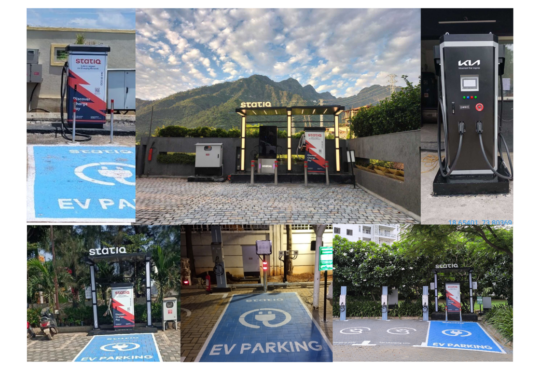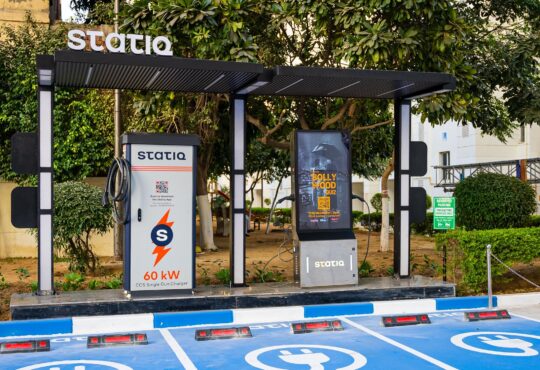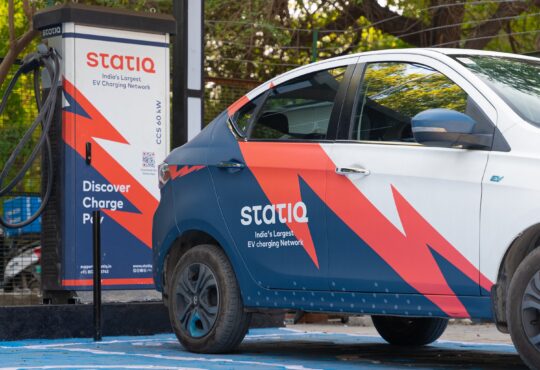
Improving EV Charging User Experience: Identifying Pain Points and Solutions
The world is moving fast toward electric mobility adoption. People are switching to electric vehicles because it saves their money on maintenance and reduces their per-kilometer cost as compared to fuel vehicles. EVs are emerging as the future mobility and a possible solution towards sustainable mobility.
But, this new shift is posing a new set of challenges in front of EV users. One of the most important challenges is the user experience of EV charging stations. The EV charging experience is an important component of the overall EV ownership experience.
As more people are adopting electric cars there is an increase in demand for accessible and affordable EV charging stations. In this blog, we will try to understand the pain points associated with EV charging and how they can be solved.
Pain Points of the Current EV Charging User Experience
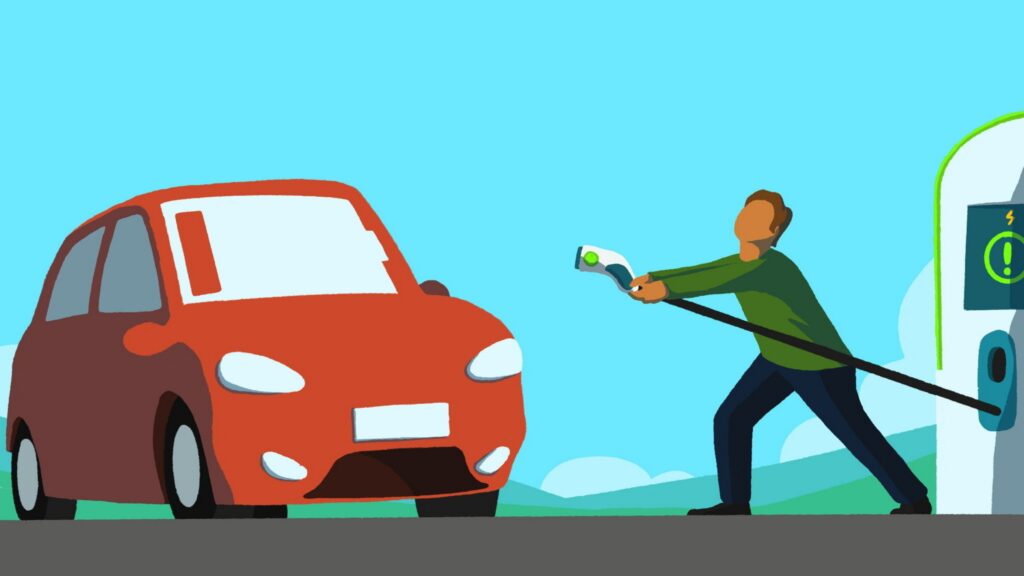
The user experience of EV charging depends on several factors, such as the charging type, charging location, battery capacity, and charging speed. Long waiting hours, complicated payment issues, and poor knowledge of using charging guns are some of the common issues that make the user experience of an EV owner worst. Here are some of the common challenges EV owners face when it comes to charging their vehicles:
Lack of Charging Infrastructure and Accessibility
One of the significant pain points of the current EV charging user experience is the lack of charging infrastructure and accessibility. Many states in India do not have enough charging stations to meet the growing demand for EVs which makes it difficult for EV owners to find and charge their vehicles.
Long Waiting Times and Queueing
Long waiting hours and queueing at EV charging stations are some of the common issues that EV owners generally face. As more people switch to EVs, charging stations can become overcrowded, leading to long wait times and frustration for drivers who need to charge their vehicles quickly.
Uncertainty about Availability and Compatibility of Charging Stations
Some charging stations are not compatible with some EV models and some may only be compatible with certain types of EVs or require specific charging adapters, hence there is always uncertainty about the availability and compatibility of charging stations.
Limited Payment Options and Pricing Complexity
The payment options and pricing complexity of EV charging can also be a pain point for EV owners. Some charging stations only accept specific payment methods, and the pricing can vary depending on several factors, such as charging speed, location, and time of day.
Inconvenience and Discomfort During Charging
Lastly, EV owners may also experience inconvenience and discomfort during charging. Some charging stations may be located in inconvenient or unsafe areas, and the charging process can take a long time, requiring drivers to wait around for their vehicles to charge.
Overall, addressing these pain points is crucial for making EV charging a more accessible and enjoyable experience for drivers, which will encourage more people to switch to EVs and contribute to the transition toward sustainable transportation.
Possible solutions to improve the EV charging user experience
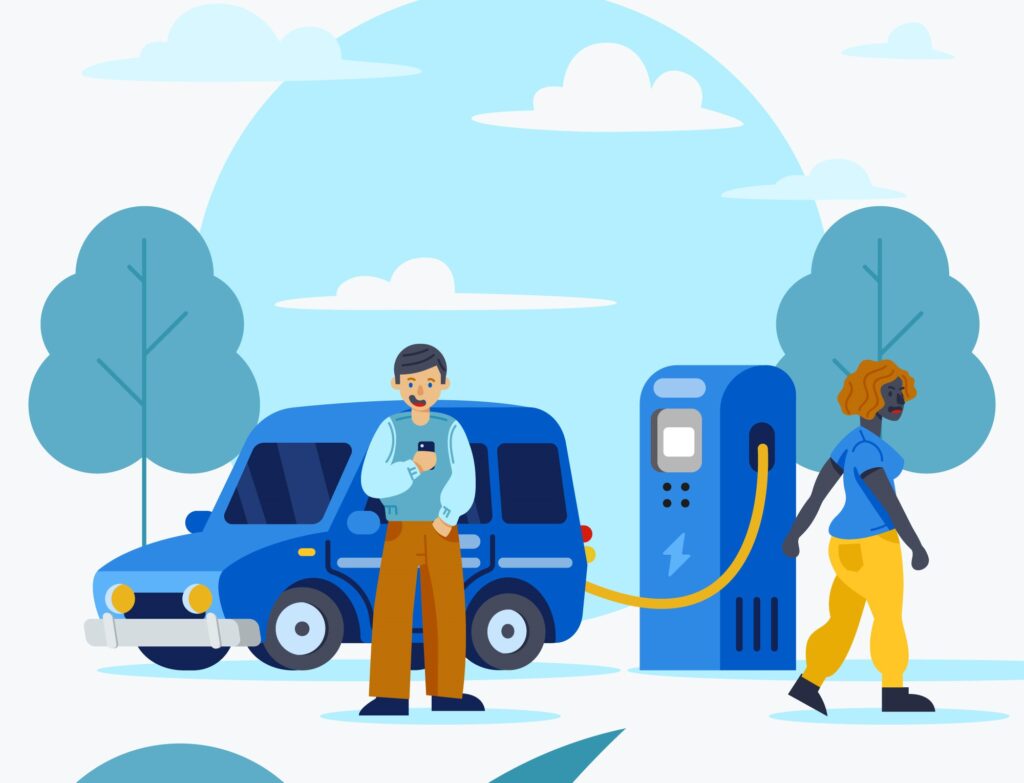
Here are some possible solutions to improve the user experience of EV charging:
Expanding the Charging Infrastructure Network
Governments and private entities can work together to strengthen the EV charging infrastructure network by installing more EV chargers in public areas, residential complexes, and workplaces. Increasing the availability of EV chargers will help reduce waiting times, eliminate range anxiety, and encourage people to switch to electric vehicles.
Statiq is a leading EV charging station provider working towards building a robust charging station network in India. With the presence of more than 1200 EV charging stations across India, Statiq has eased the range anxiety of EV users with their dedicated mobile application.
Prioritizing High-Traffic Locations and Creating Charging Hubs
Shopping malls, airports, and tourist attractions are the prime locations that receive high customer footfall. Installing EV charging stations in these places will make it more convenient for EV owners to charge their vehicles while going about their daily routines.
Enhancing Charging Station Information and Reservation Systems
Providing accurate and up-to-date information on the availability, location, and charging speed of charging stations can help EV owners plan their routes and avoid any delays. Statiq charging app is one such mobile application available for both IOS and Android users. You can find available EV chargers, book your charging and pay through Statiq’s wallet for every charging session.
Standardizing Charging Connectors and Protocols
Standardizing charging connectors and protocols will simplify the charging process for EV owners and eliminate compatibility issues. This will also help EV users to drive confidently without worrying about the compatibility issues of the charging stations.
Integrating Charging into Daily Routines and Activities
Finally, integrating charging into daily routines and activities can help EV owners view charging as a regular part of their day rather than an inconvenience. This can be achieved by installing charging stations in locations where people spend time, such as corporate areas, shopping malls, cinema halls, and recreation areas, and providing amenities such as Wi-Fi and seating for added convenience.
Overall, these solutions can help improve the user experience of EV charging and make it more accessible and enjoyable for EV owners.
Potential future developments and trends in EV charging technology and user experience
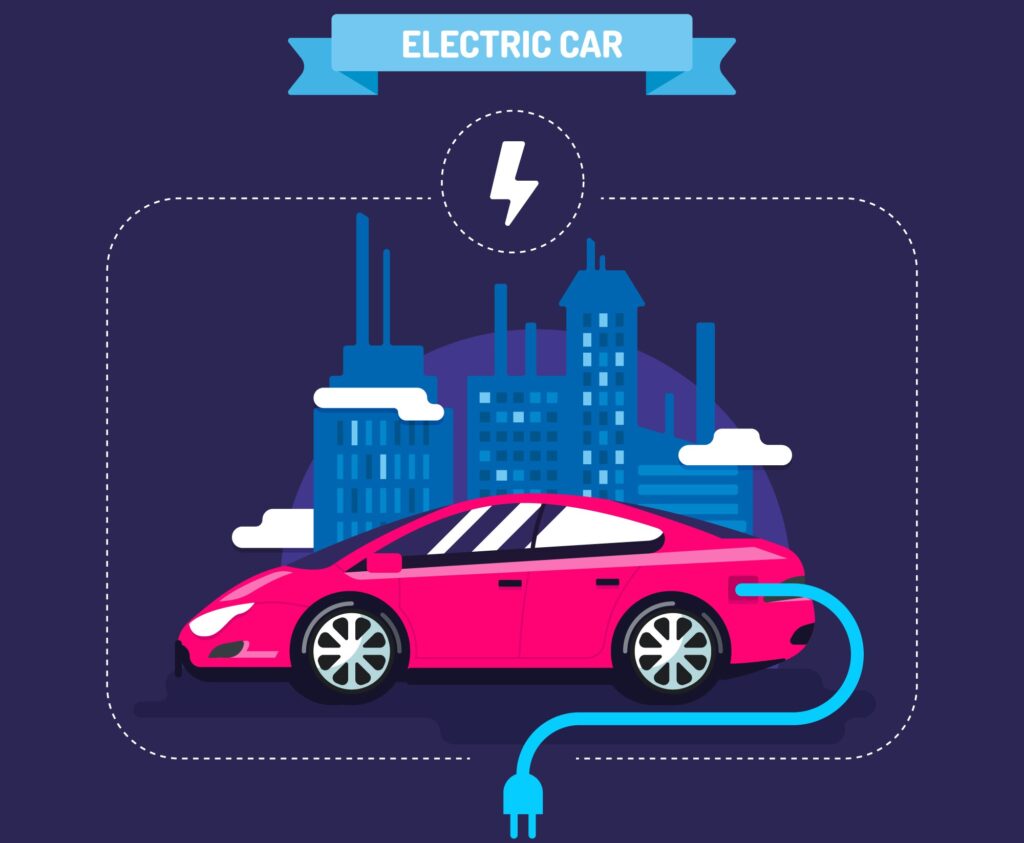
As the EV market continues to grow, there are several potential future developments and trends that could further improve the user experience of EV charging. Here are some of them:
- Wireless Charging: Wireless charging technology is already being tested and could become a game-changer in the EV industry. This technology allows EV owners to charge their vehicles without needing to plug them in, which could make charging even more convenient and seamless.
- Fast Charging: Fast charging technology is being developed to reduce the time it takes to charge an EV. Currently, the fast chargers can charge a vehicle in around 45 minutes.
- Automated Charging: Automated charging systems could eliminate the need for human intervention in the charging process. This technology would allow vehicles to locate and connect to charging stations automatically, making the process more convenient and efficient.
- Smart Grid Integration: Smart grid integration could optimize the charging process by charging EVs when renewable energy sources such as solar and wind power are generating the most energy. This could reduce the cost of charging and increase the use of renewable energy sources.
These future developments and trends could significantly improve the user experience of EV charging and make it even more accessible and convenient for EV owners. As the EV market continues to grow, we can expect to see more technological advancements and innovations in the EV charging industry.
Also Read, Top 8 Best Electric Cars in India in 2023
FAQs
Q. What is EV charging, and why is it important?
EV charging is recharging electric vehicles, which is important for promoting sustainable transportation and reducing reliance on fossil fuels.
Q. What are the pain points of the current EV charging user experience?
Pain points in the current EV charging user experience include-
- Limited charging stations,
- Long wait times,
- Inconvenient payment methods,
- Charging station unavailability in some areas
Q. How can the lack of charging infrastructure and accessibility be addressed?
The lack of charging infrastructure and accessibility can be addressed by investing in expanding charging networks, installing charging stations at key locations, and implementing policies that incentivize the development of charging infrastructure.
Q. What are the possible solutions to improve the EV charging user experience?
Possible solutions to improve the EV charging user experience include increasing the number of charging stations, deploying fast-charging technologies, implementing standardized payment systems, integrating charging station information into navigation systems and promoting smart charging solutions to optimize charging times and reduce strain on the grid.
